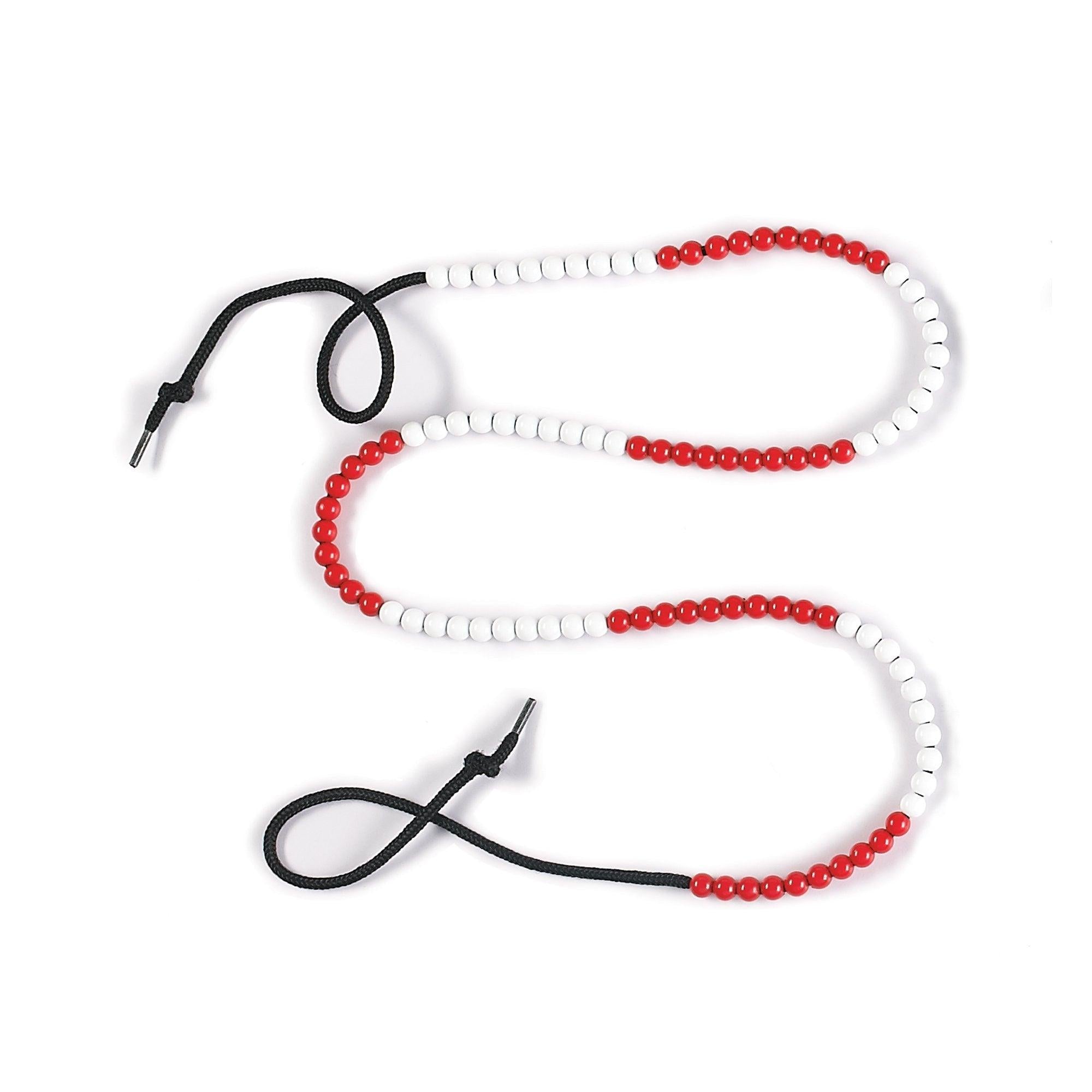The Role of Sensory Toys in Promoting Relaxation Techniques in Childhood
Introduction
Childhood is a time of growth, learning, and exploration. However, it can also be a time of stress and anxiety for many children. As parents and caregivers, it is important to provide children with the tools and techniques they need to relax, unwind, and manage their emotions. One effective way to do this is through the use of sensory toys.
What are Sensory Toys?
Sensory toys are specially designed toys that engage a child’s senses, such as touch, sight, sound, and even smell. These toys are specifically created to stimulate and soothe a child’s sensory system, helping them to self-regulate and find calmness in their surroundings.
Features of Sensory Toys
- Textured Surfaces: Sensory toys often have various textures that provide tactile stimulation, helping children develop their sense of touch and explore different sensations.
- Bright Colors: Many sensory toys come in vibrant colors, which not only capture a child’s attention but also promote visual stimulation and engagement.
- Soft Materials: Sensory toys are often made from soft and squishy materials, offering comfort and providing a gentle sensory experience.
- Musical Sounds: Some sensory toys produce calming sounds or gentle melodies, creating a soothing environment for children.
- Motion and Movement: Toys that involve motion, such as spinning or rocking, can help children relax by focusing their attention and promoting a sense of calmness.
- Adjustable Features: Certain sensory toys have adjustable features, such as pressure and weight, allowing children to customize their sensory experience and find what works best for them.
The Benefits of Sensory Toys in Promoting Relaxation Techniques
Sensory toys play a vital role in promoting relaxation techniques for children by:
1. Providing Sensory Stimulation
Sensory toys offer a wide range of sensory experiences, helping children explore and understand their senses. By engaging different senses, sensory toys can help children shift their focus from stressful thoughts or situations, enabling them to relax and find comfort.
2. Calming the Mind and Body
The tactile and visual stimulation provided by sensory toys can help children calm their mind and body. Through gentle touch and visual engagement, these toys activate the parasympathetic nervous system, which is responsible for promoting relaxation and reducing stress levels.
3. Developing Self-Regulation Skills
Using sensory toys regularly can aid in the development of self-regulation skills in children. By interacting with these toys, children can learn to identify their emotions, manage their reactions, and find appropriate ways to self-soothe and relax.
4. Enhancing Focus and Concentration
Sensory toys that involve movement or require focused attention can help children improve their concentration skills. By engaging in activities that require sustained attention, children can develop the ability to stay focused, which can contribute to relaxation techniques such as deep breathing or visualization.
5. Encouraging Imaginative Play
Sensory toys often encourage imaginative play, allowing children to escape from stressors and engage in creative and calming activities. Imaginative play provides an outlet for emotions, reduces anxiety, and promotes relaxation through the power of imagination.
Conclusion
Sensory toys are powerful tools that can facilitate relaxation techniques in childhood. By providing sensory stimulation, calming the mind and body, fostering self-regulation, enhancing focus, and encouraging imaginative play, these toys play a vital role in helping children manage stress and find peace. Introducing sensory toys into a child’s routine can contribute to their overall well-being and provide them with the necessary skills to relax, unwind, and navigate the ups and downs of childhood.




